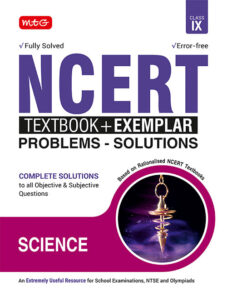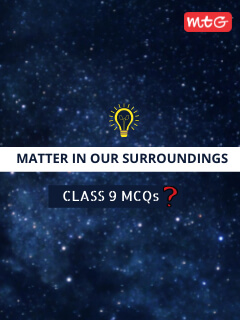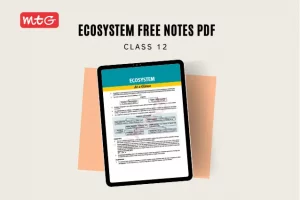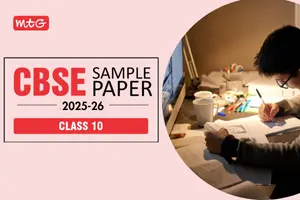
Here you can find multiple-choice questions (MCQs) for Class 9 science Chapter 1 Matter in Our Surroundings. These MCQs are specifically designed for students studying in Class 9 and follow the CBSE board curriculum. They align with the latest syllabus provided for Class 9 science. By attempting these MCQs, students can efficiently revise the concepts discussed in the chapter and effectively prepare for their Class 9 Annual examinations.
You will also like – Matter In Our Surroundings Class 9 Notes
Check chapter wise science class 9 MCQ – Class 9 Science MCQ with Answers
Class 9 Matter in Our Surroundings MCQs
1. What is matter made up of?
a) Atoms
b) Particles
c) Molecules
d) Elements
Answer: b) Particles
Explanation: Matter is composed of small particles called atoms or molecules.
2. How small are the particles of matter?
a) Very large
b) Not visible
c) Microscopic
d) Macroscopic
Answer: c) Microscopic
Explanation: The particles of matter are extremely small and cannot be seen through naked eyes.
3. What is the characteristic of particles of matter?
a) They are stationary
b) They are continuously moving
c) They are immovable
d) They attract each other
Answer: b) They are continuously moving
Explanation: Particles of matter are in constant motion due to their kinetic energy.
4. Do particles of matter have space between them?
a) No, they are tightly packed
b) Yes, they have space between them
c) Only in the solid state
d) Only in the liquid state
Answer: b) Yes, they have space between them
Explanation: Particles of matter have space between them, which is why matter can change its shape and volume.
5. Do particles of matter attract each other?
a) No
b) Yes, only in the solid state
c) Yes, only in the liquid state
d) Yes, particles of matter attract each other
Answer: d) Yes, particles of matter attract each other
Explanation: Particles of matter have attractive forces between them, which hold them together and give rise to various physical properties of matter.
6. What is the state of matter where particles are closely packed and have a fixed shape?
a) Solid state
b) Liquid state
c) Gaseous state
d) Plasma state
Answer: a) Solid state
Explanation: In the solid state, particles of matter are closely packed and have a fixed shape.
Updated Class 9 syllabus – CBSE Syllabus for Class 9 (2023-24)
7. Which state of matter takes the shape of its container?
a) Solid state
b) Liquid state
c) Gaseous state
d) Plasma state
Answer: b) Liquid state
Explanation: In the liquid state, particles of matter take the shape of their container but have a constant volume.
8. Which state of matter has particles that are far apart and have no fixed shape or volume?
a) Solid state
b) Liquid state
c) Gaseous state
d) Plasma state
Answer: c) Gaseous state
Explanation: In the gaseous state, particles of matter are far apart and have no fixed shape or volume.
9. What effect does a change in temperature have on matter?
a) It changes the state of matter
b) It changes the color of matter
c) It changes the mass of matter
d) It changes the chemical composition of matter
Answer: a) It changes the state of matter
Explanation: A change in temperature can cause matter to change its state (solid, liquid, or gas).
In case you don’t know – Class 9 Deleted Syllabus 2023-24
10. How does evaporation cause cooling?
a) By releasing heat
b) By absorbing heat
c) By releasing energy
d) By absorbing energy
Answer: b) By absorbing heat
Explanation: Evaporation causes cooling because when a liquid evaporates, it absorbs heat from its surrounding environment, resulting in a decrease in temperature.
Have you checked this yet? – MTG Monthly Magazines for Making NEET/JEE/CBSE/CUET Preparation Extraordinary!
| We hope that the provided CBSE Class 9 Science MCQs Chapter 1 Matter in Our Surroundings will be helpful for students studying in class 9. If you want answers to NCERT Questions, MTGs NCERT Text Book+Exemplar Problems-Solutions Science Class 9 is the solution. If you have any questions or concerns about the NCERT Class 9 Science MCQs Chapter 1 Matter in Our Surroundings, please leave a comment below and we will respond as soon as possible. | 
|

































